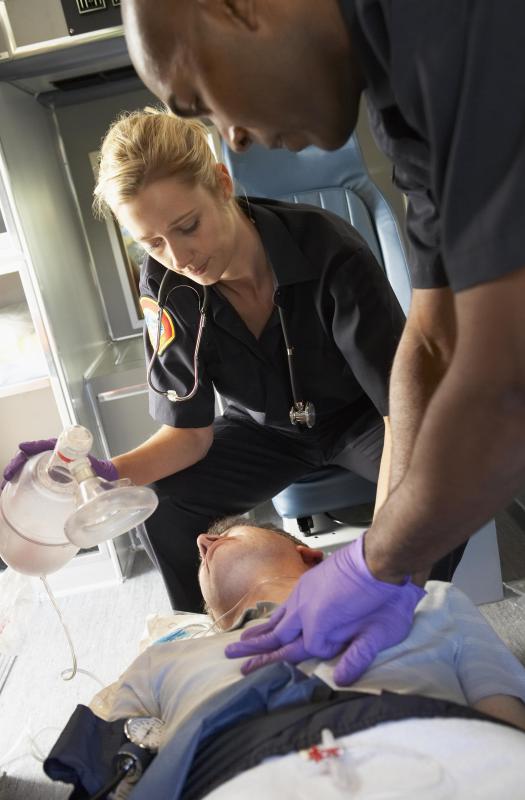
Not being aware of the people and things around you.Symptoms of a temporal lobe seizure include: This type of temporal lobe seizure usually lasts 30 seconds to 2 minutes. Sometimes temporal lobe seizures impair your ability to respond to others. A rising sensation in the belly similar to being on a roller coaster.A feeling that what's happening has happened before, known as deja vu.The aura is the first part of a focal seizure before a loss of consciousness. And not everyone who has auras remembers them. Not everyone who has temporal lobe seizures has auras.


Altered intrinsic brain activity associated with outcome in frontal lobe epilepsy.An unusual sensation known as an aura may happen before a temporal lobe seizure. From nocturnal frontal lobe epilepsy to sleep-related hypermotor epilepsy: A 35-year diagnostic challenge.
The epilepsies and seizures: Hope through research. Frontal lobe epilepsy: Clinical characteristics, surgical outcomes and diagnostic modalities. Altered structural and causal connectivity in frontal lobe epilepsy. Brain stimulation therapies for epilepsy. Cognitive and behavioral complications of frontal lobe epilepsy in children: A review of the literature. You can learn more about how we ensure our content is accurate and current by reading our editorial policy. Healthline has strict sourcing guidelines and relies on peer-reviewed studies, academic research institutions, and medical associations. They can develop while you’re awake or when you’re asleep, but they’re most common during sleep. Symptoms of FLE commonly happen for about 30 seconds at a time. A child going through a focal seizure can seem like they’re ignoring you or appear to be “staring off into space.” nausea or general uneasiness in your stomachĬhildren can experience the same symptoms of focal seizures as adults. sudden emotional changes like intense joy, sadness, or fear. temporary repetitive movements, such as walking around in a circle. moving your eyes to one side involuntarily. uncontrolled blinking or mouth movements. unusual movements in one side of the body only (just one hand or leg, for example). stiffness in the body, making it feel like you can’t move. uncontrollable twitching in your hands, arms, and other parts of the body. Symptoms of a focal seizure with FLE can include: You may sometimes feel a seizure coming on when you experience an aura that can cause temporary vision changes, dizziness, or headache. The most common signs of frontal lobe epilepsy are repeated focal seizures. What are the symptoms of frontal lobe epilepsy? But some focal seizures associated with other forms of epilepsy can become generalized and spread to other parts of your brain. Generalized seizures are not typical in FLE. They may cause you to fall or lose consciousness. These occur in more than one area and involve both sides of your brain. If you’re awake, you may be aware of the sensory and motor changes taking place.Īnother common type of seizures seen in epilepsy are called generalized seizures. You’ll be conscious during this type of seizure, though it can also occur while you sleep. 
When you have a focal seizure with FLE, the neurons in the frontal lobe of your brain suddenly activate. This area of the brain is important for helping you speak and make voluntary movements. These seizures start in different areas of the brain depending on the type of epilepsy you have.įLE is a common type of epilepsy that causes focal seizures in the frontal lobe of the brain located behind your forehead. What exactly is frontal lobe epilepsy (FLE)?Įpilepsy is a long-term (chronic) neurological condition that results in brain cells called neurons sending irregular signals to other cells - this is what leads to seizures commonly associated with epilepsy.







 0 kommentar(er)
0 kommentar(er)
